Features > Property News & Insights > Market updates
Affordable housing boom fuelled by first-home buyer incentives
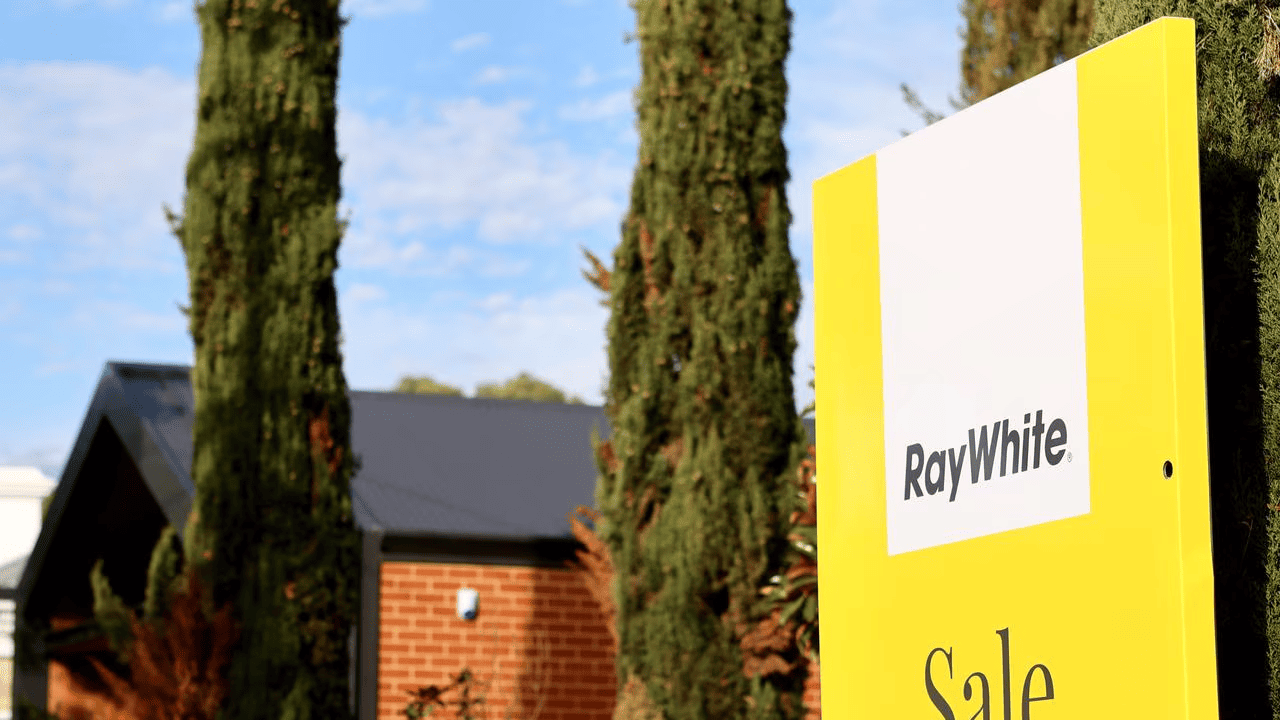
Image by Kelly Barnes/NCA NewsWire
KEY POINTS
- New data from Ray White shows affordable houses and units are outpacing typical homes in most cities and regions of Australia, except Melbourne and Canberra
- Ray White’s Chief Economist says incentives are fuelling demand in affordable markets, even before the expansion of the First Home Guarantee scheme
- Tight supply is intensifying competition; with national median house prices near $1 million, the pool of sub-$800,000 homes is shrinking, while affordable units, particularly in Perth and regional markets, show double-digit growth
Australia’s most affordable housing is recording stronger price growth than the broader market, with government incentives and constrained supply fuelling intense competition for entry-level homes.
New data from national real estate chain Ray White shows the bottom price quartile of the property market is outperforming across most capitals.
Affordable houses are growing at 8.3% annually compared to 8.0% for typical properties.
The trend is even more marked for affordable units, which are rising at 7.1% per annum versus 6.3% for the broader unit market.
Ray White Chief Economist Nerida Conisbee says the trend is clear.
“Affordable properties are seeing stronger price growth than the broader market, and in many cities the gap is widening.”
Sydney and regional Australia outperform
Australia’s most expensive city leads the charge when it comes to affordable housing growth.
Ray White’s fully-owned data provider Neoval says properties in Sydney’s bottom quartile — priced around $1.13 million — are growing at 7.2% annually, compared with 6.3% for the city’s overall housing market.
The divide is even more pronounced in regional Australia.
Affordable houses in Regional Queensland have surged 13.8% annually, compared to 11.6% for typical dwellings.
Similar trends are visible in Regional South Australia and Regional Western Australia, where affordable houses are growing two percentage points faster than the broader market.
“These numbers show just how competitive the lower end of the market has become,” Ms Conisbee notes.
Incentives
Ms Conisbee says the strength in affordable housing is being amplified by government support for first-home buyers.
The federal government’s expanded First Home Guarantee scheme, set to take effect from October 1, 2025, removes income caps, abolishes place limits, and significantly raises property price thresholds.
The new thresholds will allow purchases of up to $1.5 million in Sydney (previously $900,000), $950,000 in Melbourne (up from $800,000), and $1 million in Brisbane (up from $700,000).
The scheme enables buyers to enter the market with just a 5% deposit, avoiding lenders’ mortgage insurance.
Treasury has estimated the uncapped scheme will issue an additional 20,000 guarantees in its first year, with most demand likely concentrated in the affordable property tier.
Ms Conisbee says the government’s measures are having an unmistakable impact.
“The expansion of first-home buyer incentives is adding to demand at the lower end of the market, which is already under the greatest supply pressure,” she says.
State-based incentives — including grants, stamp duty exemptions, and shared equity schemes — are adding further stimulus, particularly for entry-level buyers.
Melbourne and Canberra lag
While most cities show affordable housing outperforming, Melbourne and Canberra are bucking the trend.
In Melbourne, affordable houses are rising at 4.2% annually, slightly below the 4.3% growth for the city’s broader house market.
Affordable and typical units are both growing at the same rate.
Canberra shows a similar pattern, with no growth premium for affordable stock compared to the overall market.
Ray White Chief Economist Nerida Conisbee says this lack of divergence reflects stronger supply pipelines in both markets.
Melbourne’s land availability and well-established medium-density housing sector, alongside Canberra’s government-led land release program, have provided better outcomes when it comes to delivering affordable homes.
Tight supply
Elsewhere, tight supply is intensifying competition for cheaper homes.
With the median national house price nearing $1 million, the pool of properties under $800,000 is shrinking fast.
Affordable units are also showing striking growth.
In Perth, affordable apartments surged 16.5% annually, compared to 14.5% for typical units.
Regional Queensland and Regional South Australia units both show growth premiums of more than three percentage points for affordable stock.
Ms Conisbee says this highlights the structural pressure in apartment markets.
“Units are increasingly the only option for many first-home buyers and investors,” she says.
“The resilience we’re seeing in this segment reflects both structural undersupply and shifting buyer preferences.”
Structural shift
Nerida Conisbee says a convergence of affordability pressures, government incentives, and demographic trends — particularly millennials entering peak home-buying years — is creating a structural divide between affordable and premium property markets.
While overall housing market conditions still set the broad direction for prices, targeted incentives are pushing entry-level properties into a cycle of faster growth.
“The affordable segment is now consistently outperforming,” Ms Conisbee says.
“With demand running ahead of supply and policy settings designed to boost entry-level activity, this trend looks set to continue.”
Outlook
Looking forward, Ms Conisbee believes the affordable end of the market will remain the focus of growth heading into 2026.
“First-home buyer activity, supported by expanded government incentives, is reshaping demand patterns,” she says.
“But until we see a meaningful increase in the supply of affordable housing, the pressure on entry-level homes is unlikely to ease.”
Stay Up to Date
with the Latest Australian Property News, Insights & Education.




.png?width=292&height=292&name=Copy%20Link%20(1).png)
 SIGN UP FOR FREE NEWSLETTER
SIGN UP FOR FREE NEWSLETTER
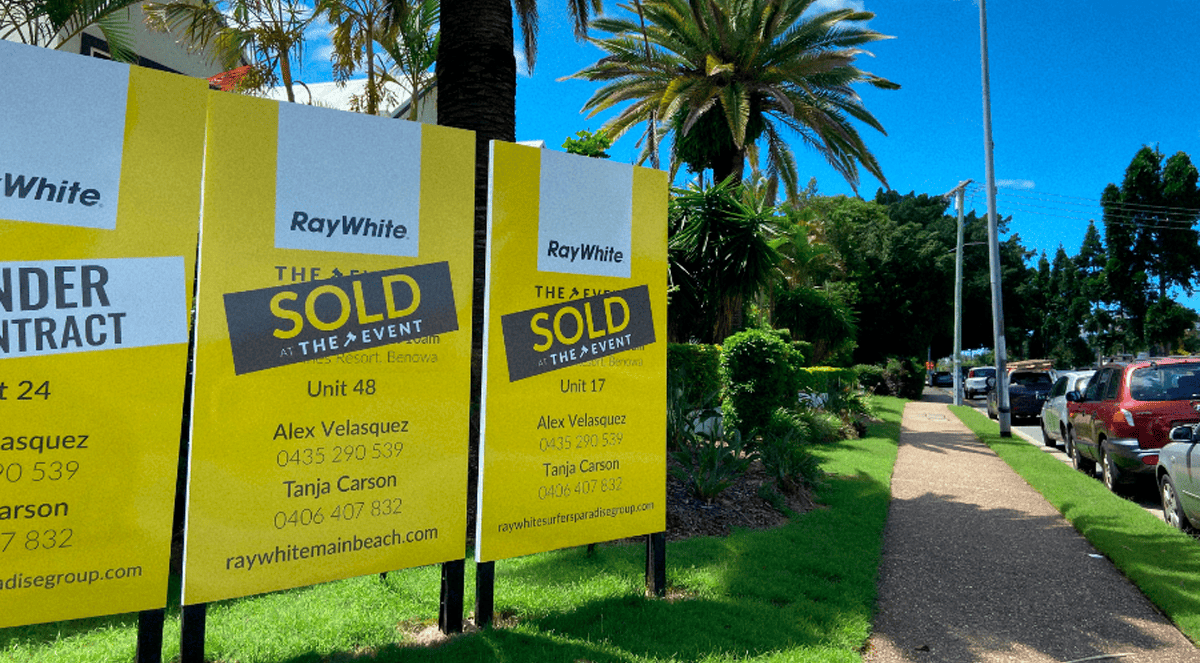
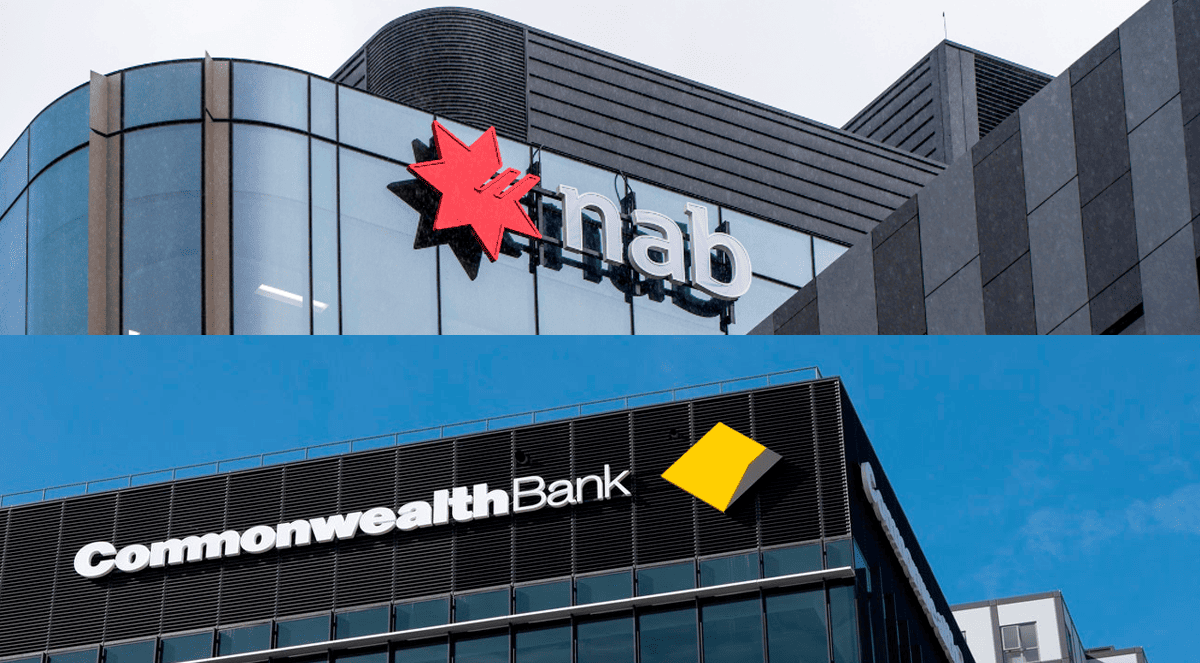
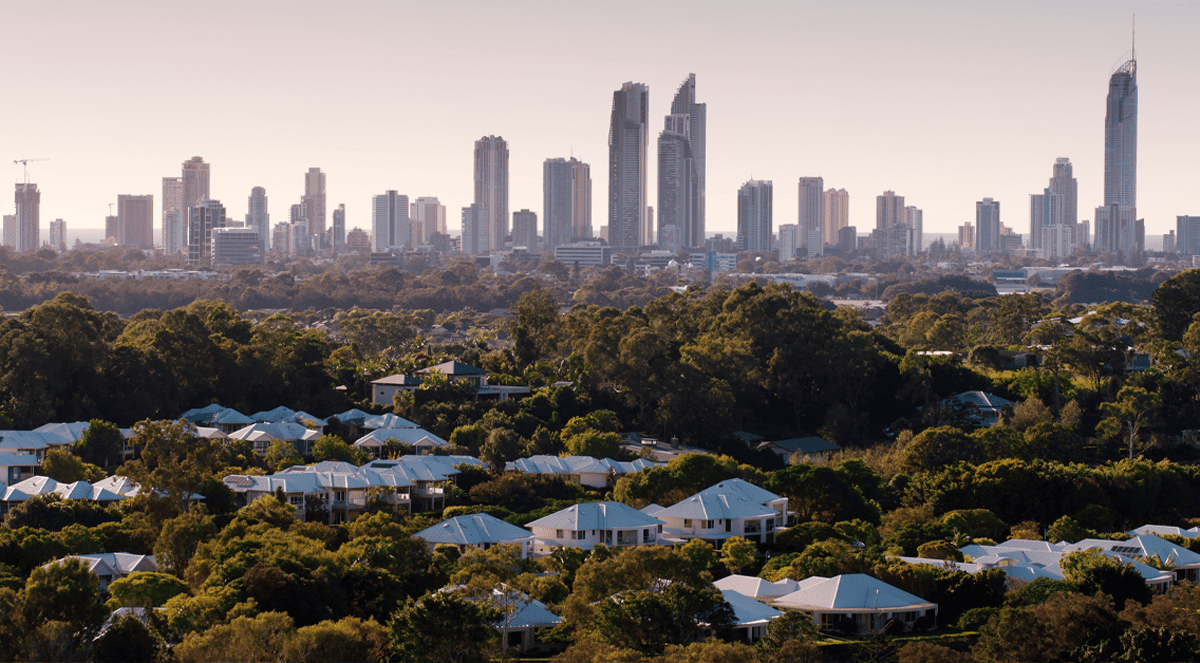
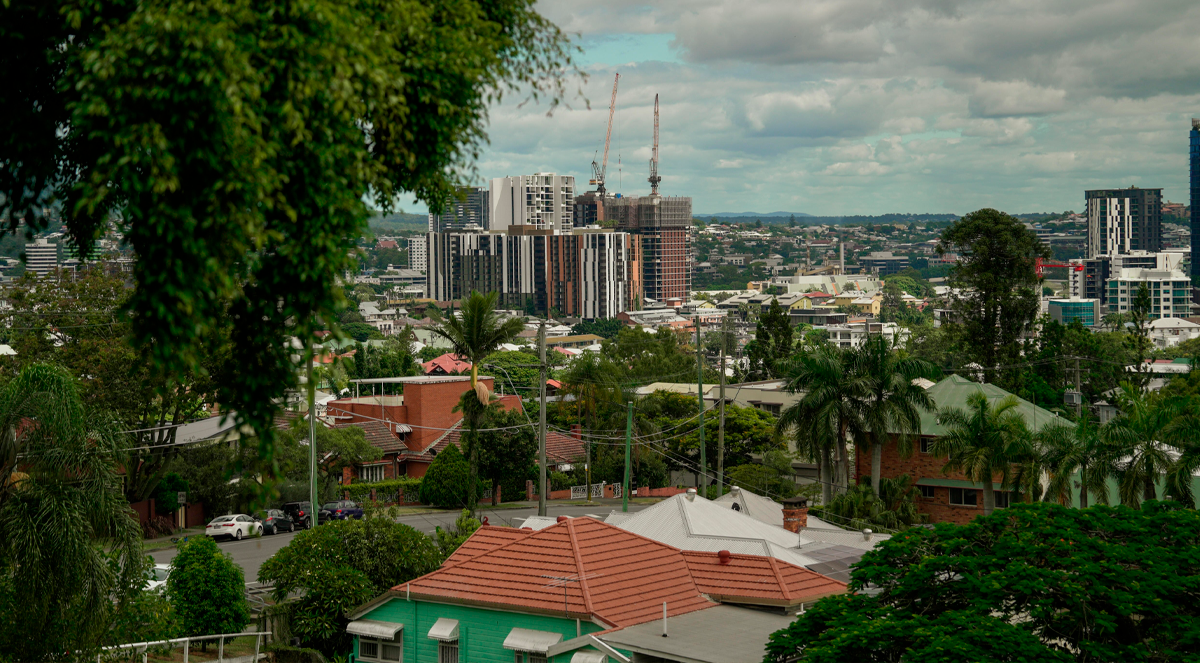
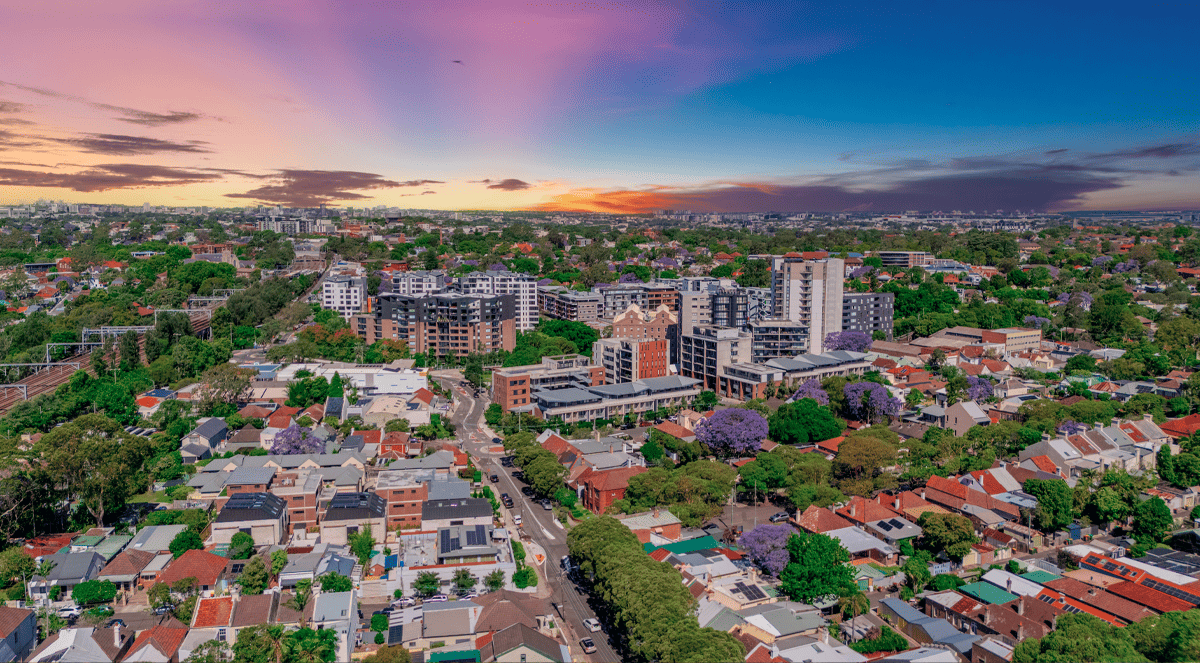
.jpg?width=1920&height=1080&name=Warning%2c%20You%20Might%20Be%20Facing%20Higher%20Taxes%20Soon%20(1).jpg)





.png?width=1920&height=1080&name=Rate%20Drops%20Signal%20BIGGEST%20Property%20Boom%20in%20DECADES%20(1).png)

.jpg?width=1920&height=1080&name=Labor%20vs%20Liberal%20These%20Housing%20Policies%20Could%20Change%20the%20Property%20Market%20Forever%20(1).jpg)
.jpg?width=1920&height=1080&name=QLD%20Slashes%20Stamp%20Duty%20Big%20News%20for%20Investors%20%26%20Home%20Buyers%20(1).jpg)
.jpg?width=1920&height=1080&name=Trump%20Just%20Slapped%20Tariffs%20%E2%80%93%20Here%E2%80%99s%20What%20It%20Means%20for%20Australia%20(1).jpg)
.jpg?width=1920&height=1080&name=Federal%20Budget%202025%20More%20Debt%2c%20No%20Housing%20%E2%80%93%20Here%E2%80%99s%20What%20You%20Need%20to%20Know%20(1).jpg)
.jpg?width=1920&height=1080&name=Australias%20Housing%20Crisis%20is%20about%20to%20get%20MUCH%20Worse%20(New%20Data%20Warns).jpg)
%20(1).jpg?width=1920&height=1080&name=Australias%20RENTAL%20CRISIS%20Hits%20ROCK%20BOTTOM!%20(2025%20Update)%20(1).jpg)
%20(1).png?width=1920&height=1080&name=Is%20Adelaide%20Still%20a%20Good%20Property%20Investment%20(2025%20UPDATE)%20(1).png)
.jpg?width=1920&height=1080&name=RBA%20Shocks%20with%20Rate%20Cuts!%20What%E2%80%99s%20Next%20for%20Property%20Investors%20(1).jpg)
%20(1).jpg?width=1920&height=1080&name=I%20Predict%20The%20Feb%20Rate%20Cut%20(My%20Price%20Growth%20Prediction)%20(1).jpg)
.png?width=1920&height=1080&name=Why%20Property%20Prices%20Will%20Rise%20in%202025%20Market%20Predictions%20(1).png)
.jpg?width=1920&height=1080&name=Why%20Investors%20Are%20Choosing%20Apartments%20Over%20Houses%202%20(1).jpg)
.jpg?width=1920&height=1080&name=Why%20Rate%20Cuts%20Will%20Trigger%20A%20Property%20Boom%20(1).jpg)
.jpg?width=1920&height=1080&name=Retire%20On%202Million%20With%20One%20Property%20(Using%20SMSF).jpg)
.jpg?width=1920&height=1080&name=4%20Reasons%20Why%20You%20Should%20Invest%20in%20Melbourne%20Now%20(1).jpg)
%20(1).jpg?width=1920&height=1080&name=Old%20Property%20vs%20New%20Property%20(Facts%20and%20Figures%20Revealed)%20(1).jpg)
%20(1).jpg?width=1920&height=1080&name=Will%20The%20New%20QLD%20Govt%20Create%20a%20Property%20Boom%20or%20Bust%20(My%20Prediction)%20(1).jpg)
%20Scott%20Kuru%20(1).jpg?width=1920&height=1080&name=Inflation%20Hits%20Three-Year%20Low%20(Will%20RBA%20Cut%20Rates%20Soon)%20Scott%20Kuru%20(1).jpg)
.jpg?width=1920&height=1080&name=How%20to%20Buy%20Investment%20Property%20Through%20SMSF_%20The%20Ultimate%20Guide%20(1).jpg)
.jpg?width=1920&height=1080&name=Victoria%20Slashes%20Stamp%20Duty%20Melbourne%20Set%20to%20Boom%20Scott%20Kuru%20(1).jpg)
.png?width=1571&height=861&name=Are%20Foreign%20Buyers%20Really%20Driving%20Up%20Australian%20Property%20Prices%20(1).png)
.jpg?width=1920&height=1080&name=The%20Single%20Factor%20That%20Predicts%20Property%20Growth%20Regions%20(1).jpg)
%20Scott%20Kuru%20(1).jpg?width=1920&height=1080&name=My%20Prediction%20On%20Rates%20%26%20Negative%20Gearing%20(Market%20Crash)%20Scott%20Kuru%20(1).jpg)

-1.png?width=1920&height=1080&name=Major%20Banks%20Cut%20Rates%20Will%20RBA%20Follow%20Suit%20(Sept%20Rate%20Update)-1.png)
%20Scott%20Kuru-1.png?width=1920&height=1080&name=Rate%20Cut%20Coming%20What%20New%20Zealands%20Move%20Means%20for%20Australia%20(Sept%20Prediction)%20Scott%20Kuru-1.png)
%20(1).jpg?width=1920&height=1080&name=Buy%20when%20the%20interest%20rates%20are%20high!%20(Why%20you%20must%20buy%20now!)%20(1).jpg)
.jpg?width=1920&height=1080&name=Carms_Revised%20Taxes%20Due%20Aug%209%20YT%20Thumbnail02%20(1).jpg)
.jpg?width=1920&height=1080&name=Carms_Too%20Little%20Too%20Late%20Aug%207%20YT%20Thumbnail01%20(1).jpg)









.jpg?width=1920&height=1080&name=Carms_Rate%20Drop%20In%20July%20Jun%2010%20YT%20Thumbnail02%20(1).jpg)
.jpg?width=1920&height=1080&name=Carms_Own%20a%20Property%20V6%20Jun%205_YT%20Thumbnail%20(1).jpg)









.png?width=1920&height=1080&name=Artboard%201%20(3).png)






.jpg?width=1920&height=1080&name=YT%20thumbnail%20%20(1).jpg)

